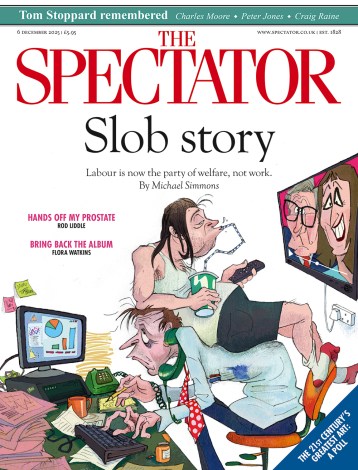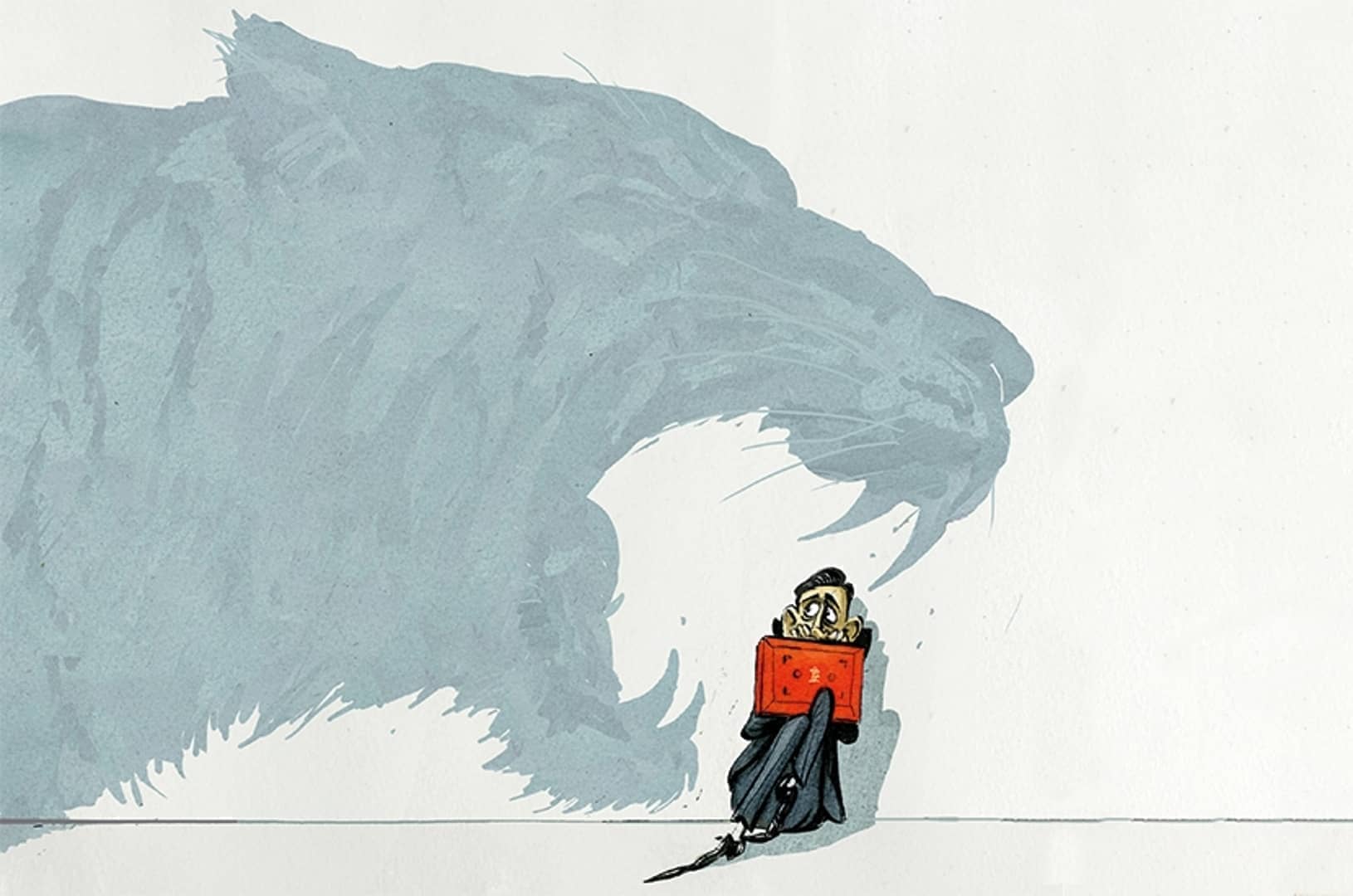For the past few months, the debate over inflation in Britain has centred around just how fast the rate might fall. Both the Bank of England and the Office for Budget Responsibility’s most recent forecasts have been very optimistic, showing inflation falling back down to something approaching the Bank’s target of 2 per cent by the end of the year. Despite a slow start to the year, and CPI (core price inflation) remaining in the double digits, virtually everyone has assumed the headline rate was on a one-way track, heading downwards.
This makes this morning’s update a surprise and a blow to the economic consensus, as the Office for National Statistics has reported that CPI rose on the year in February, up from 10.1 per cent to 10.4 percent.
The unexpected jump is largely due to increasing services costs – particularly for restaurants, cafes and pubs – as well as the cost of food and alcohol. The annual inflation rate for restaurants and hotels rose to 12.1 per cent on the year – the highest rate since the record for this sector began. The cost of food also continued to rise, up from 16.8 per cent on the year in January to a staggering new record of 18.2 per cent last month – while the cost of alcohol and tobacco rose from 5.2 per cent to 5.7 per cent over the same period.
If there’s good news to be found from today’s update, it’s that while the headline rate has risen again, it is still being offset by falls in energy prices, ‘with overall energy prices rising by 48.3 per cent in the year to February 2023, down from 50.7 per cent in the year to January.’ But the big problem is that core inflation, which excludes energy, is on the rise as well, up from 5.8 per cent on the year in January, to 6.2 per cent in February. This figure will be causing concern across Whitehall today, as it is a better indicator of what might get baked into the system (in this case, an inflation rate over three times the Bank’s target).
A slight yo-yo in the headline rate is not, on its own, catastrophic news, especially in the broader picture still shows inflation coming down. What’s worrying is that this fluctuation is happening when CPI is still above 10 per cent, and the primary drivers of the higher headline rate are not a ‘blip’, but a trend (food prices have been spiralling for months, as have prices across domestic services).
Today’s update puts both the Bank of England and No.10 in tricky spots. For the Bank, the timing could not be worse, as it is set to announce the latest update to the base interest rate tomorrow. The banking crisis of the past few weeks – spreading from Silicon Valley Bank to Credit Suisse – has given central bankers great pause over the impact of rising interest rates, which (even at historically normal, if not low levels) are exposing great weaknesses across the financial system. The UK’s relatively dovish Monetary Policy Committee will have been looking for a reason to slow or stop rate rises anyway, as their last report made clear the Bank would need to see ‘persistent pressures’ to keep hiking rates.
But today’s inflation update puts those pressures under the spotlight, forcing the Bank to choose between two serious problems: financial instability and rampant inflation. The Bank has a reputation problem as well: it has always been too blasé about the prospect of inflation, insisting it wasn’t an issue back in 2021, even when the headline rate was more than double the Bank’s target. There will be plenty of speculation this morning over whether its forecasts for inflation coming down have been too optimistic. Inaction tomorrow might look like an extension of its previous denialism. It seems more likely now that the Bank will go for some kind of increase to the base rate, though it may pivot to a smaller hike of 0.25 per cent, rather than go for another 0.5 per cent rise.
Today’s CPI update presents a problem for the government too, albeit largely one of its own making. Despite inflation primarily being a monetary phenomenon, over which the government has little control, ministers have been adamant this year that it’s in their power to reduce the headline rate. Rishi Sunak made it one of his five pledges back in January – to halve inflation by the end of the year – and Jeremy Hunt has used this talking point on repeat, going so far as to suggest in the Budget last week that the OBR’s predictions for inflation falling below 3 per cent were directly linked to some of the measures he was announcing.
This invites a rather obvious question when things don’t go your way: why, if the government can control inflation, why is the headline rate rising? If it’s a matter of political will from the Treasury to bring inflation down, then surely, it’s a political choice when it goes up?
In truth, it’s not the case in either direction. The best tool for controlling inflation – rates – remains firmly in the hands of the Bank, not the Treasury. It has never been in the government’s power to promise any particular outcome on inflation. No.10 could still see its gamble pay off, as today's inflation update seems more like a detour than a roadblock to getting the headline rate of inflation down. But this is the inherent risk of riding coat tails: it’s politically opportunistic to take credit for results out of your control, until those results start looking like liabilities.








Comments